- Dog CareDog LifeCommunity
- Photo Contest
Photo Contest- Giveaways
Could Your Dog Be a Therapy Dog?
You passed!” I exclaimed. “You’re now a therapy dog team. Congratulations!” The woman had tears in her eyes as she beamed back at me, her little Pekingese mix dancing at her feet. They were a great team, and I knew they would go on to make many people happy as they started their volunteer efforts.
Volunteering with your dog can be extremely fulfilling. Therapy dog teams visit hospitals, nursing homes, schools, and more. They attend therapy groups ranging from addiction recovery to bereavement. They visit disaster sites and comfort victims and first responders. They help children learn to read.
Great therapy dogs are the perfect combination of temperament and training. Not every dog is cut out for the job. Do you think your dog has what it takes?
Photo Sarah Daloise: Therapy dog team Jaime Nielsen and FredSocial Butterflies
Your dog must love strangers the minute they meet. Every new person is a new best friend. If your dog takes a while to warm up to certain people, then this may not be the right job for them. If your dog is fearful or anxious around people, then this is definitely not the job for them, as it would be too stressful.
I once tested a cute little Corgi. I went to hug him, which was part of the test, and he growled at me.
“Oh, he doesn’t like to be touched,” his pet parent explained. “But he does all sorts of tricks! He even rides a skateboard!” The team did not pass. People want to pet therapy dogs, that’s kind of the point! A dog who will growl at someone touching him is not appropriate for therapy work.
Dogs also need to be confident and comfortable in a variety of environments. Hospitals contain machines that beep and loud carts that rattle down hallways. Schools have loudspeakers.
Is your dog:
(a) Easily startled by noises?
(b) Trot into unfamiliar places like he owns them?
(c) Cower a bit and take a while to get his bearings?
B is ideal. If A or C, then your dog will need socialization and behaviour modification to increase his confidence. Work with a professional, reward-based trainer to help your dog be less afraid. Keep in mind socialization isn’t just taking your dog to new locations. It’s making sure your dog has a wonderful time in those locations. Bring his favourite treats and ensure that he is happy and relaxed.
Therapy dogs should also be safe and happy in the presence of other dogs. If your dog growls or barks at other dogs, he is not ready for therapy work. Some therapy groups visit in teams, or you may visit a facility that allows personal pets. It would not be appropriate for a visiting dog to be aggressive or fearful of other dogs.
An A+ in Manners
It’s not enough that your dog is super friendly. He also must be well- behaved in public. Just because a dog will listen to you in your living room or yard doesn’t mean he will respond to your cues elsewhere. You need to train him in a variety of places, so he listens to you wherever you go.
If your dog growls or barks at other dogs, he is not ready for therapy work.
Therapy dogs do not pull when on leash or jump on people. Can you imagine your 55-pound Golden Retriever jumping on Grandma at the assisted living facility? Or happily bumping into a small child?
At the very minimum, therapy dogs need to be able to:
✓ Sit
✓ Lie down
✓ Come when called
✓ Walk nicely on leash, even with distractions
✓ Leave tempting items alone when told
✓ Hold a ‘stay’ position
Making the Grade
There are many therapy groups, national and local, such as Pet Partners or St. John’s Ambulance’s Therapy Dog Program. Each has different requirements. For example, some require you take a class, some require written tests, others require you first pass the American Kennel Club’s Canine Good Citizen test. All require you to pass a skills test with your canine partner. It’s best to research a couple and see which one best fits you and your dog. If you join a group, you’ll get the benefit of networking with experienced teams. You’ll also get liability insurance, which is critical to protecting yourself and your personal property.
Photo ground picture/shutterstockPlease don’t be upset if you don’t pass the test the first time. This is very common! A test that is super easy isn’t much of a test, is it? For example, your dog may be extremely friendly and confident, but still jumps on people. Work on his training until this is no longer a problem.
Remember, You’re a Team
Your dog is only visiting because you take him. Always remember that you are the most important member of the team, because you are the one keeping your dog safe, healthy, and happy in his volunteer duties. Always advocate for your dog. Never push him past his limitations, and be mindful of signs of stress. For example, do you find your dog avoiding people or certain places? Do you see him lick his lips, yawn, or turn away from people? Is he whining or barking? These are all signs of stress. Failing to recognize them will add more stress to your dog. A dog shouldn’t have to growl, snap, or bite to let you know he is unhappy. He will tell you far in advance. Learning to recognize your dog’s signs of stress is a prerequisite to therapy work.
Also be mindful that you need to be comfortable in the places you visit. Does it cause you stress to see children in the hospital? Does it upset you to visit seniors in nursing homes? Would you be on edge visiting inmates in prison? Don’t feel bad if certain facilities make you uncomfortable, as this is very common. If you are nervous, your dog will be, too. There are so many who can benefit from therapy visits, you are sure to find a population and place that you and your dog both enjoy.
Therapy vs. Service Dogs
Service dogs perform specific tasks for their owners who have disabilities. Therapy dogs provide comfort to a variety of populations in a variety of facilities. They are not the same, and they do not have the same rights under the Americans with Disabilities Act (ADA). For example, service dogs are permitted to accompany their owners in public places. Therapy dogs do not have the same right of access.
Is therapy work right for you and your dog?
✓ Do you enjoy sharing your special dog with others?
✓ Do you have the time to visit regularly? (Even one time a week.)
✓ Is your dog well-trained, even in intense and distracting environments?
✓ Is your dog temperamentally suited to visiting and cuddling with strangers, including children and the elderly?
Give Back
Volunteer opportunities for therapy dogs include:
- Nursing homes
- Hospitals
- Schools
- Special Needs Centers
- Libraries
- Bereavement Groups
- Addiction Recovery Groups
This article originally appeared in the award-winning Modern Dog magazine. Subscribe today!
How to Get Your Dog to Listen
Your dog’s paws are on the kitchen counter, and he’s thinking that your sandwich looks like lunch—for him. You tell him to leave it. Does he?
You’re on a hiking trail when you spy a large mud puddle ahead. You signal to your dog to walk with you around it. Does he?
In these scenarios would your dog listen? Would he leave the sandwich alone and skirt around the puddle? Or would you end up lunchless and muddy? There are countless scenarios in which a lack of response could cause problems. Some might only cause inconvenience, while others could end in serious injury or worse. So how does one teach the basic skill of getting a dog to listen? It’s all about conditioning.
The first step is to be able to get your dog’s attention. Let’s face it, if you can’t get his attention you’re not going to be able to get a solid recall, interrupt a potential skirmish or anything else. Attention means that when you call your dog’s name he looks at you as if to say, Yes? What would you like? To teach the skill, stand facing your dog with your dog sitting facing you. Hold some treats in one hand but have both hands behind your back. Don’t call your dog, waggle your eyebrows, or otherwise solicit his gaze. Just wait. At the exact moment he makes eye contact, say, “Yes!” (or click if you’re using a clicker) and treat. Repeat until he’s obviously gotten the idea. You’ll know—he’ll be staring a hole in you!
Next, with the same starting position, keep the majority of treats in one hand behind your back and a single treat in the other hand. Move the hand with the single treat from behind your back slowly out to the side until your arm is fully extended parallel to the floor. Don’t look at your dog until your arm is fully extended—you want your dog’s gaze to follow the treat out to the side and THEN capture the moment when his head swings back to look at you. Wait silently. When his eyes dart back to you, even for a split second, mark the moment verbally or with the clicker and give a treat.
“Dogs rely more on watching our movements than what comes out of our mouths, so use that to your advantage.”
Notice you haven’t said a word yet! With further repetitions, once you can predict that your dog will look back at you quickly after visually tracking the treat out to the side, extend the arm and then immediately call his name. Mark and treat for eye contact. Repeat. You are conditioning the response of your dog looking at you when he hears his name. Next, practice outside of training sessions as well by calling your dog’s name when he’s not distracted. Build up gradually to calling his name when he’s more distracted, such as in outdoor situations.
Conditioning your dog to listen by responding to his name is one thing. But what about the way you interact with him in daily life? Does he ignore your verbal cues, even if he knows what they mean? One mistake some owners make is to repeat an ignored verbal cue more loudly. Trust me, your dog can hear a potato chip hit the carpet in the next room! He heard you the first time. The answer lies in establishing consequences. For example, you’re about to take your dog for a walk. You ask him to sit and stay before opening the door. But when the door is partway open, he stands. Do you keep going? No! Close the door and ask for another sit-stay. Be consistent in your consequences, and you’ll be surprised at how quickly your dog’s listening skills improve.
Make sure, too, that you’re clear and concise when speaking to your dog. Saying, “Buddy, sit!” is more likely to garner compliance than, “Come on, Buddy, be a good boy and sit!” Don’t say your dog’s name all the time, either, if you want him to listen when you need him to do something. If you do, he’ll habituate and learn to tune you out. Remember to use hand signals as well as verbal cues. Dogs rely more on watching our movements than what comes out of our mouths, so use that to your advantage.
This may sound like a lot of things to do and pay attention to, but it’s really not. With a bit of training, conditioning, and patience, you’ll soon have a very good listener!
Why Are Dogs So Friendly? Science Now Has An Answer
Early last fall, while wildfires were ravaging the state of California, a colleague, who is a clinical psychologist, had dropped by my home to help coordinate my participation in a fundraising effort to try to rescue some dogs that had become homeless because of the conflagration. She sat down on a window seat while I went into the kitchen to get her a cup of coffee. While I did so I paused for a moment to let my dogs in from the backyard. Quite predictably, they immediately ran to greet her.
By the time I brought the coffee out to her I found that my Nova Scotia Duck Tolling Retriever, Ranger, had jumped up onto the seat beside her and was licking her face so vigorously that he had removed a good bit of her makeup.
She laughed and pushed him away and back to the floor. “Friendliness is one thing,” she said, “but in dogs it seems to have reached a level of friendliness that might be called insanity, or at least some kind of mental aberration.”
While I took a moment to settle the dogs down, I said to her, “You know, there is some recent research which suggests that you may be right about ‘insane friendliness’ in dogs. Have you heard of Williams–Beuren Syndrome?”
“Sure,” she replied. “In the clinic we just call it Williams Syndrome. As I recall, it is a sort of friendliness mutation. It is rather rare—maybe in one out of every 10,000 to 20,000 people. There are some physical characteristics, such as elf-like facial features, and people with Williams Syndrome also seem to have some cognitive difficulties, at least when it comes to focusing on problems. However, to psychologists, the most interesting feature of this mental condition are the social-emotional behaviours which are quite the reverse of the fearful or aggressive responses that we clinicians are normally called upon to treat. Individuals with Williams Syndrome seem to lack any kind of social inhibition—in other words, they act as if they love everybody. They tend to seek the company of others quite enthusiastically and are usually described as being kind-spirited, empathizing with others’ distress, and are also caring and forgiving. They don’t seem to show the normal level of fear of strangers and tend to run up to and hug completely unfamiliar people. The technical term for the behaviours they are showing is hypersociability, which I suppose could be viewed as pathologically friendly.”
“The sociability of the dogs proved to be a detriment since they spent a significantly greater portion of the two minutes they were given to complete the task gazing at the human.”
I sat down and sipped on my coffee and said, “Well, in a series of articles that have come out over the past three or so years, a big research team made up of investigators from Princeton, Oregon State University, and a bunch of other places, noticed the similarity between the extremely friendly behaviour of dogs and the behaviours of people with Williams–Beuren Syndrome. They then went on to test to see whether the social behaviour of dogs might be influenced by the same factors that cause these behavioural deviations in people.”
I went on to explain that the team was headed by Bridget Von Holdt of the Department of Ecology and Evolutionary Biology at Princeton University. The investigators knew that Williams-Beuren Syndrome was a genetic problem. It is due to the deletion of part or all of a section of DNA on chromosome 7 in human beings. It includes about 29 genes. This same sequence appears on chromosome 6 in dogs, so the team looked for structural changes in that string of genes, such as deletions, insertions or transpositions of DNA to other locations.
To measure differences in the social behaviour among various canines, the researchers compared 18 randomly selected pet dogs to 10 wolves that had been in captivity for a long time and had become tame and relatively friendly towards humans. One of the tests they used was a very simple assessment of just how friendly the dogs and wolves were. During the test, a stranger or a person who was familiar to the animal sat quietly; the behaviour of the dogs or wolves toward that person was monitored. The dogs showed nearly twice as much friendliness, spending 63 percent of their time hovering within a meter of a familiar person seeking social contact, as opposed to only 35 percent for the wolves. When presented with a total stranger the results were similar with the dogs spending nearly twice as much time as the wolves being friendly (53 percent for dogs versus 28 percent for wolves).
The dogs and wolves were also given a problem-solving task which required them to figure out how to take the cover off of a box which contained a bit of sausage as a reward. Here the sociability of the dogs proved to be a detriment since they spent a significantly greater portion of the two minutes they were given to complete the task gazing at the human. Because of this only two of the 18 dogs tested solved the problem. The wolves, however, were not distracted by social behaviours or misdirected attempts at friendly interaction, and they immediately set to work. Thus nine out of the 10 wolves solved the problem. An interesting feature of this is that people with Williams–Beuren Syndrome also show a lack of persistence on cognitive tests, perhaps due to the same social distractibility.
Once they had confirmed the behavioural differences in sociability between dogs and wolves, the team next needed to see if the expected genetic differences were also present. To do this, samples of DNA were taken from both the dogs and wolves for analysis. Looking at the targeted sections of the chromosomes, the researchers found that the DNA varied widely in the dogs, and to a lesser degree in wolves, at least as far as parts inserted, deleted, or duplicated. People with Williams–Beuren Syndrome also show great variation in the critical region of the chromosome, and the degree of variation is thought to affect the severity of the condition and its impact on the person’s personality. This also seems to be true in the wolves and the dogs. The hypersocial and friendly dogs had more DNA disruptions in the relevant regions than the more aloof wolves. Specifically, the most significant disruptions were on the gene that is associated with a protein called GTF21 (which in turn regulates the activity of a number of other genes). Higher levels of disruption in that critical region of the chromosome were associated with the most social dogs. A relative lack of change in that gene seems to lead to standoffish and the more distant and aloof behaviour that we tend to associate with wolves.
In more recent research, these researchers looked at the genetic code of 298 domestic and wild canines. One of the characteristic behaviours associated with wild canines, such as wolves or jackals, is that they are xenophobic. That is the technical term for being fearful of strangers, meaning that wild canines become frightened or wary when they encounter people, and because of this they tend to try to avoid them. This is, of course, the exact opposite of what we see in our dogs. This research team offered the idea that during the process of domestication, because we wanted dogs to be sociable and approachable, we systematically bred animals which have the genetic mutations that predispose dogs to be abnormally friendly.
I think that I must’ve chuckled before I noted, “In other words, the researchers concluded that the genetic disruption that produces Williams–Beuren Syndrome in people (which we define as a ‘deviant mental condition’), has now become ‘normal’ in dogs and accounts for their persistent friendliness towards humans. It’s also likely that this genetic condition is a contributor toward producing the personality type which allows us to domesticate dogs in the first place and for them to form an affectionate bond with humans. Put simply, it means that your suggestion that dogs are ‘insanely friendly’ might not be far from the truth.”
I was interrupted by a giggling sound and looked up to find that Ranger had jumped back up on the window seat next to my colleague and was now affectionately licking the remaining makeup off of the other side of her face.
Conversations With Dogs
Sometimes people ask me why I study dogs. Apart from the obvious pleasures of spending my life observing, studying, and being around dogs, what is it that makes them scientifically interesting? There are a dozen answers to that—from their impressive social-cognitive skills to their entirely different (olfactory) worldview—but the reason I got especially interested is because of their special status in our lives. In particular, the familiarity of dogs leads us to make all sorts of assumptions about them. Why, dogs are accompanying us constantly—there may be dogs by your side now—and though they are likely not reading along with you, it feels as though they are in on whatever we're doing, doing it with us, in the fullest sense of “with.” (That they don't speak up and protest even feels like validation of this sense.)
The very fact of their familiarity, and the ease with which they move among our species, is the reason I came to write my new book.
I research dog behaviour in two ways: first, I observe dogs in their natural environment, usually outside, among people and other dogs; second, I bring dogs and their people into my lab, where the dogs face some puzzle or task and I record what they do. Recently, most of my research is targeted to better understand what it's like to perceive the world as they do—through their nose. We've studied whether they detect quantity via olfaction; their recognition of themselves, other dogs, and their owners by smell; and if participating in scent games makes them more optimistic (it did).
“Somebody has a bagel, and it’s not you. And it’s not gonna be you with that kind of behavior.”
(Man to rapacious hound)
“I see you doing weird stuff. Cut it out.”
(Woman to one of her four small dogs)
“You guys are going to have to get coordinated.”
(Woman to two dogs pulling in different directions)In all kinds of studies, even while I'm mostly looking at the dogs, I also see the relationship with their people. And as a someone who lives with dogs myself, I think a good amount about the dynamic we have with dogs.
This book emerged from that thinking. How does the dog-human bond work? How did we come to treat dogs the way we do? I was keen to explore the myriad ways we see dogs as reflections of ourselves—in both very sweet ways and sometimes ways that cause us not to see them for who they are.
While 95 percent of us consider dogs our family, dogs are simply property, chattel, in the eyes of the law, and this has a lot of repercussions for dogs. For instance, we are allowed to do things to their bodies, including cropping ears and docking tails; we can breed dogs for profit; we are permitted to give up dogs when they are inconvenient or misbehaved. We can de-sex dogs, and we do, to solve a problem that we humans created and maintain: their overpopulation. At the same time, we buy property for our dogs. There is a multi-billion-dollar industry of collars, harnesses, booties, raincoats, track suits, bedding, every manner of squeaky toys, so our property owns property (I know my dog Finnegan thinks he owns one particular orange and blue ball.)
“If you make it to the end of the fence, you get a biscuit. If you lie down, no biscuit.”
(Woman to Corgi probably not going to make it to the end of the fence)
“We’ve talked about this: No eating stuff you find on the street.”
(Man to foraging dog)
“Be part of the solution, buddy.”
(Woman to dog being part of the problem)
“Don’t even think about it.”
(Woman to thoughtful dog)We've inherited some of our ways of dealing with dogs from past generations, along with questionable motivations, and they are worth looking at again.
At the same time, to our species' credit, I have observed many ways that we extend our circle to include this other species. One of the non-obvious ways that we treat dogs as people is in how we talk to them. I began overhearing how people spoke to their dogs in public—and they did, quite a lot—and hearing myself talk to my dogs—and I do, quite a lot—and I began recording what people said when I happened by them. We don't quite treat them like we're talking to each other, or to babies, but we often let them in our most private thoughts. We converse with them. Their role is singular. I researched how we name dogs, and we can see a very clear trend to naming dogs with human names. No longer Rexes and Spots, they are Lucy, Bella, Charlie, Daisy, Max, and George. Just like our grandparents, or our hoped-for children.
I very much see the culture of dogdom as worth examining closely. Not just for the dogs. They are friendly, tail-wagging ambassadors for the animal world that we increasingly distance ourselves from. I think we should ask ourselves: How do we live with dogs now? And how should we live with dogs—and all animals—tomorrow?
Dr. Horowitz is a cognitive scientist who studies dogs. She heads the Horowitz Dog Cognition Lab and is the New York Times bestselling author of Inside of a Dog. Her new book is Our Dogs, Ourselves: The Story of a Singular Bond.
Don’t Choke Me!
Picture this scenario. You’re crossing the street and ahead of you is a man walking his dog. His dog has on a prong collar—a metal collar with fanglike protrusions encircling the neck—and he’s straining on his leash. The owner gives a tug and the fangs tighten around the dog’s neck, choking him and stopping him short. Once he recovers his breath, he resumes dashing forward. Frustrated, the owner jerks the leash again. The same process plays out over and over, with the dog no more aware of what his owner truly wants from him.
Even to the untrained eye, this process seems painful and ineffective. Why then do we as dog owners’ continue to use the prong collar to get our dogs to listen to us?
In order to understand this phenomenon better, we’re sharing four of the most common myths behind the prong collar’s continued popularity and the truth behind each misconception.
MYTH #1 Prong collars are designed to emulate a mother’s ‘correction’ method—the pinch made by a prong collar imitates the pinch made by a mother’s mouth when she grabs her puppy’s neck during a correction.
FACT: There is NO scientific evidence to back this claim. In actuality, the chances of your dog making such an association are little to none, especially since his mother would not be physically present during the correction.
MYTH #2 Dogs have thick fur around their necks that acts as padding, so prong collars don’t actually hurt them.
FACT: Wrong. The skin on a dog’s neck is significantly thinner than the skin on our necks. Theirs is comprised of 3 to 5 cells, while ours is much thicker, comprising of 10 to 15 cells! This means that they feel the squeeze of a prong collar far more than we would if we were to test it out on our own necks. Studies have also shown that frequent pressure around dogs’ necks can cause a host of problems, from skin punctures to crushed tracheas, and even spinal cord problems.
MYTH #3 My dog is too stubborn and the prong collar is the only way to stop him from… (insert undesirable behaviour here).
FACT: Your dog might be responding to the prong collar momentarily—every time you correct him with a yank to the leash, he essentially chokes and suffers enough discomfort and pain to listen to you. While this method is temporarily effective, it does not fix the underlying problem.
You might also run the risk of encouraging more negative behaviours in your dog that once never existed. For example, if your dog experiences pain or discomfort via you yanking him back every time he tries to greet another dog while out on a walk, he’ll soon learn to associate the presence of other dogs with pain and discomfort, resulting in harder issues to fix, like aggression and reactivity to other dogs. He might also start to associate walks with you as a precursor to pain and discomfort.
MYTH #4 My dog isn’t treat motivated. This is the only thing that works.
FACT: Remember, pain and discomfort seldom produce positive results. It’s far better to do a little sleuthing and find out what does motivate your dog to listen. If he does not respond to the treats you offer, try others. Boiled chicken, cheese, or hot dogs might just do the trick. Some dogs might even prefer tennis balls to food. So get busy and find out what makes your dog tick. Dogs—no matter how adorable—can be frustrating. They have minds of their own and a curiosity that often lands them in trouble. But by using positive reinforcement training, your dog can learn just about anything. Heck, he’ll want to! So bin that prong collar and get yourself and your dog signed up for some training classes. We promise you, the process will be pain free and the bond between the both of you will be even stronger.
Check out these Modern Dog approved collars in our e-store!
Good Dog Academy has designed a program for you!
Good Dog Academy offers online certificate programs for dog lovers and industry professionals. Whether you love dogs and want to become more knowledgeable, want to train your dog to an advanced level of obedience, want to open or manage a daycare or boarding facility, or would like to earn a professional certificate, we have the program for you!
Upgrade Training For You and Your Staff
Do you own a doggy daycare, boarding facility or do you manage a veterinary office? Would it be helpful for your staff to have formal knowledge about dog behavior, canine language, training equipment, first aid, basic obedience, behavior problem solving and much more? Good Dog Academy has a program that includes formal education and a certificate for Dog Care Providers. We offer discounts for multiple student registrations — please ask for details.
Start a New Career Working with Dogs
Have you ever dreamed about working with dogs as a Professional Dog Trainer (PDT)? Our PDT program includes these courses: Training Equipment, Principles of Training, Learning Theory, Dog Breeds, Selecting a Dog, Canine Language, Training Philosophies,Today’s Canine, Nutrition, Physical Dog, Evolution of the Dog, Temperament Testing, Behavior Problem Solving, Fear and Anxiety, Canine First Aid, Euthanasia, Daycare and Boarding Management, Bylaws, Business, Basic Obedience, Intermediate Obedience and Advanced Obedience. This is a certificate program and is designed for those who are serious about working as a Professional Dog Trainer.
Open Your Own Dog Business
Would you like to open your own small business in the dog industry? In home boarding/daycare, dog walker? Try our Dog Industry Entrepreneur program. You will be amazed at how much information there is to learn!
Learn Practical Dog Training and Dog Theory
If your schedule doesn’t lend itself to signing up for a local group obedience class with your dog, if there isn’t a class in your area or if you would like to take an in depth look at the world of dogs, we have two programs for you!
Our Practical Dog Training program includes a course on Training Equipment as well as online courses for Basic Obedience and Intermediate Obedience. These courses include many videos featuring our Director of Training, Jaime Kinna. If you want to learn more about dogs and what makes them behave certain ways, then Dog Theory is a good place to start.
For more details and information on how to register, see us at gooddogacademy.ca, email academy@gooddog.ca or phone 604.475.3434. We’d love to share our passion and knowledge about dogs with you!
Professional Dog Training program accredited by IACET
Do you dream of starting a rewarding new career in dog training? Are you looking for a quality program that has received external accreditation? The training programs offered by the Animal Behavior Institute have been officially accredited by the International Association for Continuing Education & Training (IACET), a hallmark of high quality.
Animal Behavior Institute's accredited, online program in Canine Training and Behavior will give you the knowledge and skills you need to succeed as a Professional Dog Trainer. You’ll learn advanced dog training techniques that allow you to solve behavioral issues, such as barking, chewing and leash pulling, and to train entirely new behaviors in dogs. Their comprehensive program also includes communication, diets & nutrition, first aid, building a business, and much more.
The Animal Behavior Institute offers all of its programs exclusively online. This allows the faculty to harness the educational power of the internet while providing you with individual attention you need to truly succeed.
Animal Behavior Institute brings you the very best in online education with unparalleled flexibility. You'll never have to miss a game, dance recital or family event to attend school. You can study at any time of day, any day of the week. We offer courses on a quarterly basis, allowing you to easily complete your program in just 6-12 months.
Animal Behavior Institute's professional faculty, small class sizes and flexible programs ensure that you'll receive the personal education you deserve. Find out more about these accredited Dog Training programs or contact us at (866) 755-0448, ext. 1 or by email at support@animaledu.com to get started today!
Call and mention that you saw this Modern Dog blog post and receive $100 off your first course!
Dogify Your Inbox
Sign up for the FREE Modern Dog Magazine newsletter & get the best of Modern Dog delivered to your inbox.
"*" indicates required fields
By clicking the arrow, you agree to our web Terms of Use and Privacy & Cookie Policy. Easy unsubscribe links are provided in every email.
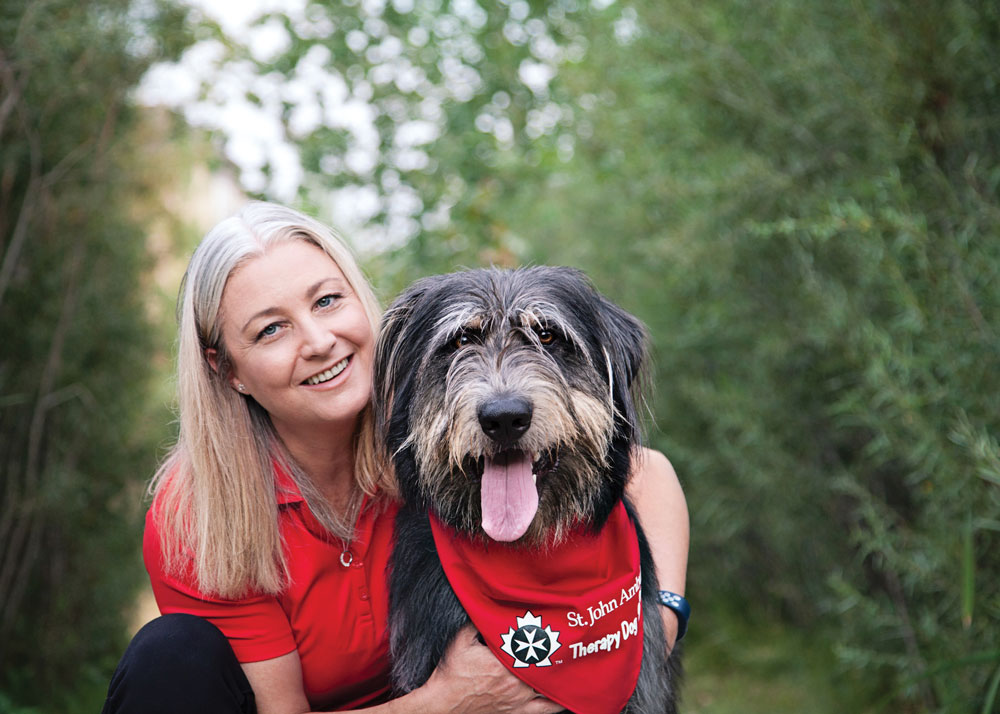


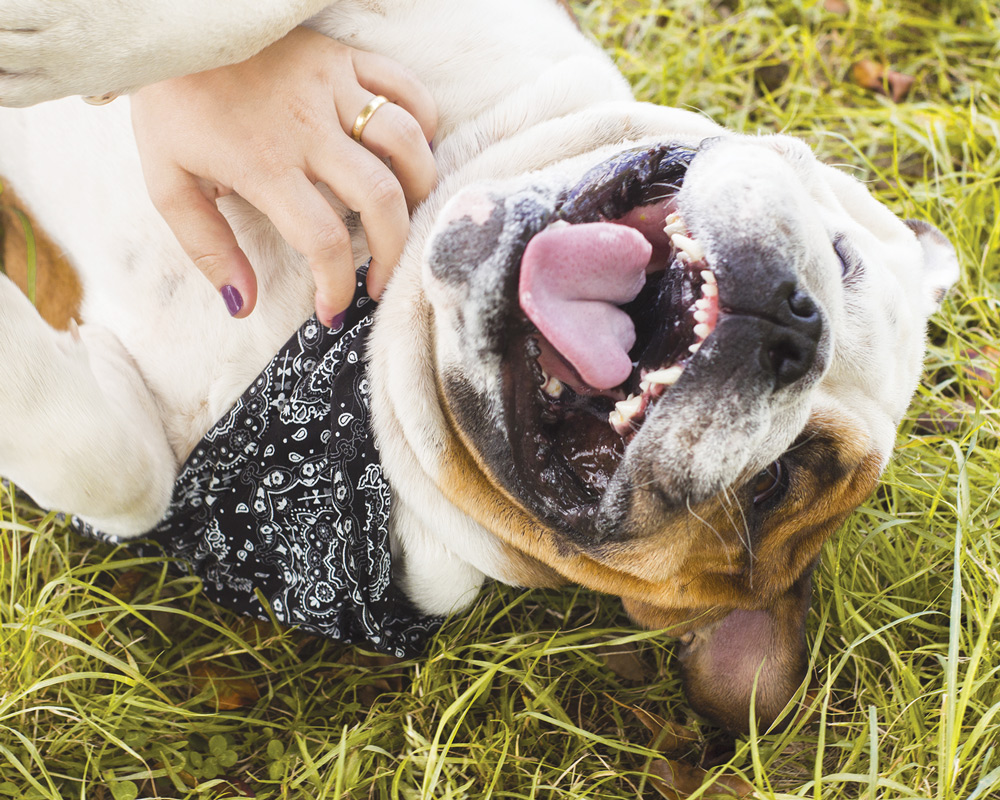
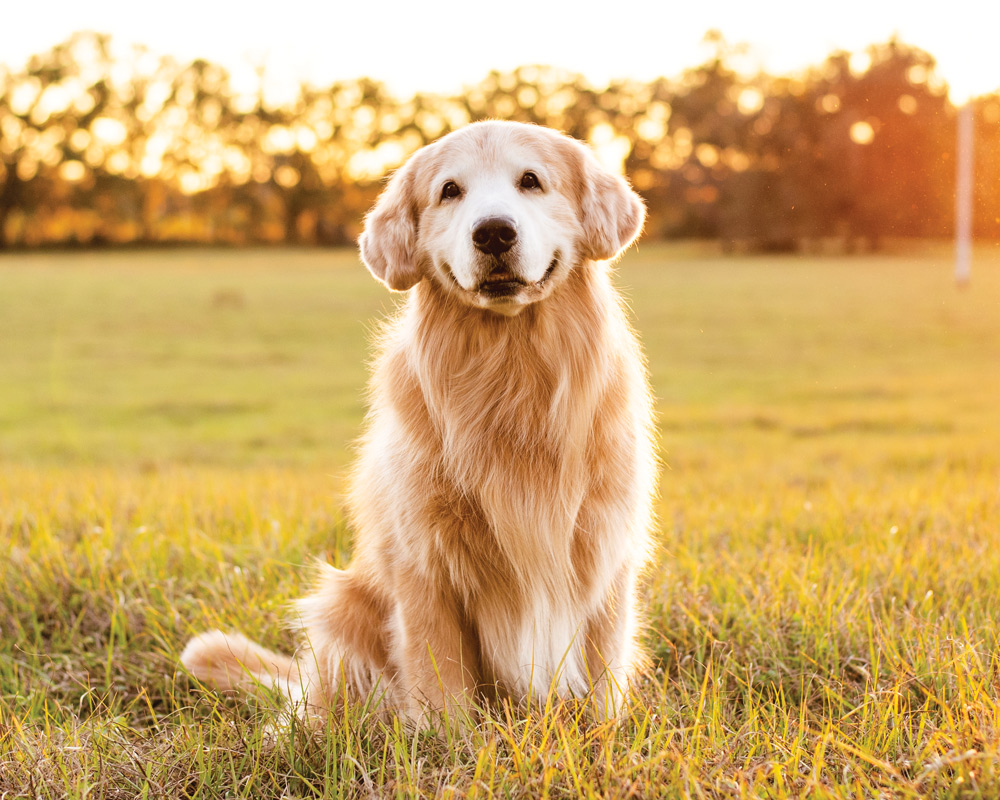
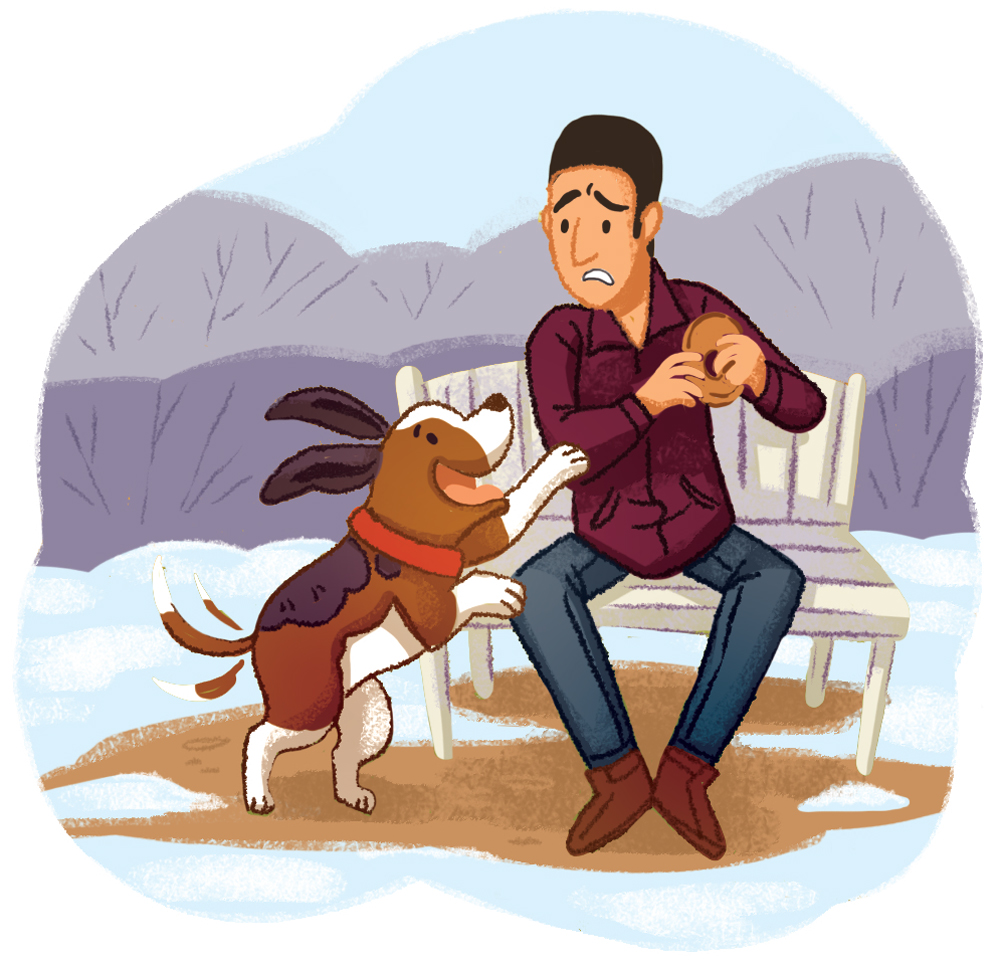
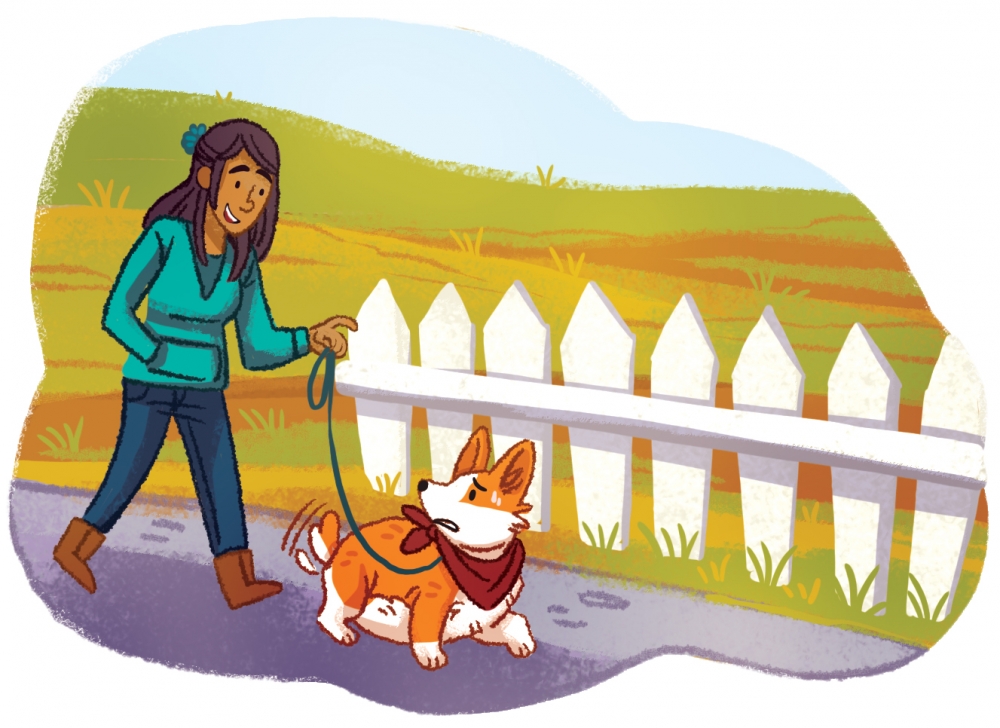
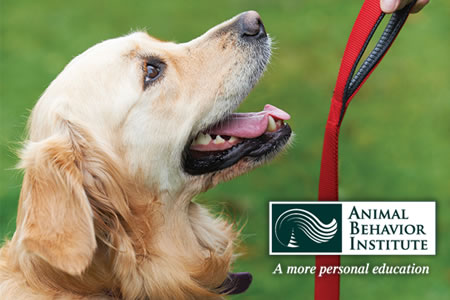 Do you dream of starting a rewarding new career in dog training? Are you looking for a quality program that has received external accreditation? The training programs offered by the Animal Behavior Institute have been officially accredited by the International Association for Continuing Education & Training (IACET), a hallmark of high quality.
Do you dream of starting a rewarding new career in dog training? Are you looking for a quality program that has received external accreditation? The training programs offered by the Animal Behavior Institute have been officially accredited by the International Association for Continuing Education & Training (IACET), a hallmark of high quality.